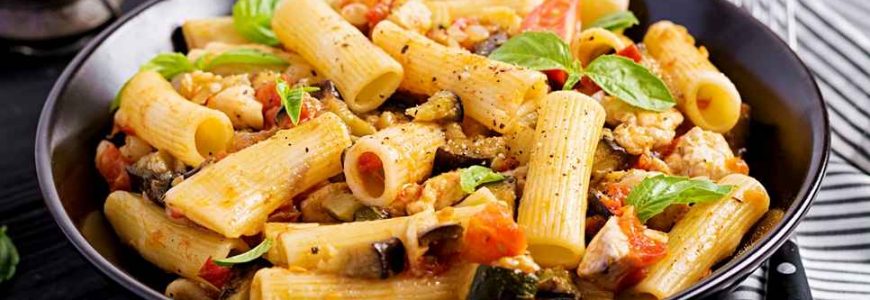The words healthy and low fiber may appear contrary and need not be. Of course, making low-fiber food choices without skimping on nutrients can be challenging. But it doesn’t mean you’re limited to eating processed foods because you’ll only have a low-fiber diet. If your doctor has prescribed a lifestyle that is low in nutrients, know that healthy foods such as fruits and vegetables can still be consumed.
In the most severe instances of low fiber,
- IBS-D (IBS-D),
- Acute IBD (Inflammatory Bowel Disease), flare-up,
- Gastroparesis,
- Chronic Nausea,
- Post-diverticulitis or other acute gastrointestinal diseases are the most common examples of low fiber intake.
In particular, fiber is not a good thing for these stomachs. Fiber is difficult to digest, which is exactly why for most people it is nice. Nevertheless, it can make matters worse if the digestive system is too sluggish or too fast. Declining digestion, lower intake, worse dysfunction.
Then what is low fiber basically, you’re wondering. All that could theoretically be considered low less than 25 grams per day. The precise amount and type of fiber that you consume will depend on your conditions and what is prescribed by your doctor. I feel it’s moderate-high for 10-15g / day and very low for less than 10g / day. Nevertheless, following your doctor and medical advice is always healthy, because the own low translation may be unique. It’s always secure to do that.
You don’t feel healthy anymore when the food you eat makes you feel bad. And if you have low fiber to work best with your digestive system, that’s all right. I agree that even with a fiber limit, you can still eat diverse food so feel good. How to eat healthy while following the low residue diet is explained below. Give it a deep look and understand this concept better.

Your meals and snacks are focused on high-quality protein food items
Many protein foods have zero fibers, but they provide many other nutrients your body needs such as omega-3 fatty acids, choline, B vitamins, etc. Be cautious with red meat, if you are having digestive problems, if you use leaner soft meats, they are usually easier to digest.
Pick some low fiber fruits
Although most fruits are high in fiber, 1-2 portions of fruit can be produced every day while choosing the right variants. There is a great deal of flavored, low-fiber fruits that are still filled with resources such as potassium, vitamins C and Vitamin A. Stewing fruit and peeing off the skin of the fruits can also contribute to the digestion.
Refined carbs in small proportions
It could be essential to include a few minor servings of refined carbs each day in order to satisfy the body’s carb needs. Keep a close eye on your calorie counts, however, as these foods tend to have a higher calorie index and low essential nutrients score.
Include some healthy fats
You must try to get the highest nutritional value for each food you are consuming when you are on a low residue diet. For example, for their anti-inflammatory properties, choose fat sources rich in omega-3 fatty acids but always bear in mind that fatty foods can be difficult to digest.
This is how you can eat healthily and maintain your fitness levels for some time while going on a low residue diet. Incorporate all these things into your diet plan and keep everything in moderation. Ask for some nutrition experts to make a specific diet chart in this scenario and you can CLICK on this button to know more.

